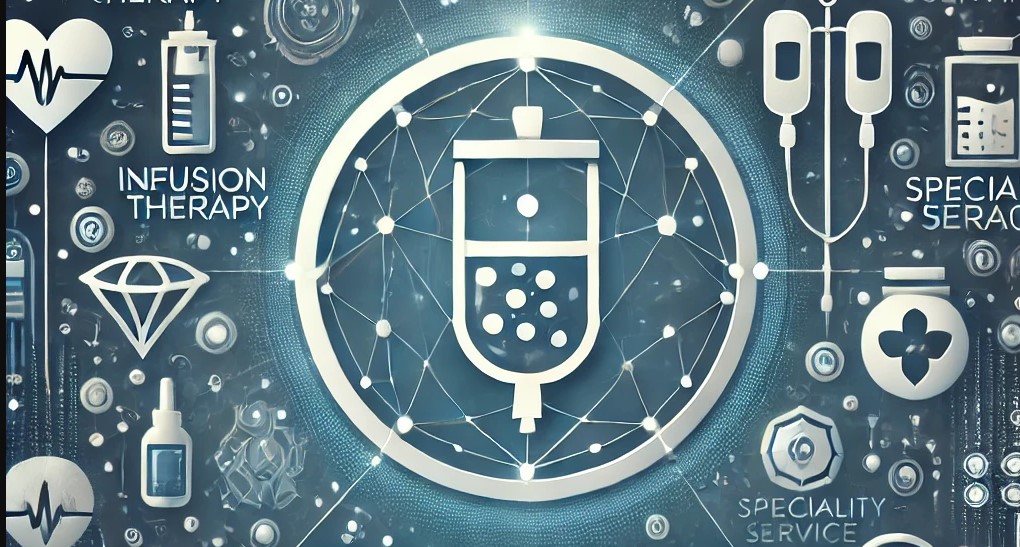In an unexpected pivot, Brendan Smith and MIT professor Jeffrey Grossman have revolutionized mining waste management with their company, SiTration. Originally aiming to develop high-tech desalination filters, Smith and Grossman redirected their focus to mining after facing stiff competition in the water treatment industry. Now, SiTration’s groundbreaking silicon wafer technology is poised to transform the recovery of critical minerals from mining waste, addressing significant environmental and economic challenges in the industry.
Reclaiming Value from Waste
Mining is notorious for generating enormous quantities of waste. For instance, the extraction of copper, essential for electronics and construction, results in substantial residual waste—around 100 to 150 tons for every ton of copper produced. This waste often accumulates in tailings ponds, which are not only space-intensive but also pose ongoing environmental risks due to exposure to the elements, leading to potentially hazardous runoff.
SiTration offers a compelling solution: their silicon wafer-based filters can treat wastewater from mining operations, extracting valuable minerals in the process. This approach not only mitigates the environmental impact but also recoups some of the costs associated with waste management. “If you can do it for low cost, efficiently — which we can do — you can recoup some of the costs of remediation or even profit a little bit from that operation,” Smith explained.
Silicon Wafer Technology
At the heart of SiTration’s innovation is the use of silicon wafers, commonly employed in the manufacturing of computer chips and solar panels. However, SiTration uses a less expensive grade of silicon, modifying it with a chemical treatment to create tiny pores. This alteration results in a robust, durable filtration material, capable of lasting at least three years, according to Smith.
In operation, SiTration’s system involves stacking these treated silicon wafers and allowing liquids to pass through them. For larger mining operations, the amount of silicon used is comparable to that in a medium-sized solar farm. Additionally, due to silicon’s semiconductor properties, SiTration can enhance the filtration process by applying an electric current, improving the extraction efficiency for a range of minerals, including platinum, lithium, cobalt, and nickel.
Broadening Horizons
SiTration’s technology is versatile, extending beyond mining to other sectors such as battery recycling and metal refining. For metal refiners, SiTration’s filters offer significant advantages, including the elimination of heat requirements and a dramatic reduction in chemical use by up to 95%. This versatility means that the same basic technology can be deployed across various industries, providing a scalable and adaptable solution.
SiTration’s progress is underpinned by substantial financial backing. The company has secured an $11.8 million seed round, led by 2150 and supported by Azolla Ventures, BHP Ventures, E14 Fund, Extantia, and Orion Industrial Ventures. These funds are critical for advancing their technology and expanding their reach across multiple sectors.
Future Prospects
As SiTration moves forward, it is engaging in pilot projects with major industry players like Rio Tinto and exploring applications in different sectors. The company’s filtration systems are set to demonstrate their capabilities in both large-volume mining operations and specialized applications, such as platinum group metal refining.
From my point of view, SiTration’s approach represents a significant breakthrough in sustainable mining practices. By addressing the dual challenges of waste management and resource recovery, SiTration not only offers a cost-effective solution but also contributes to environmental conservation. The potential applications in other industries further enhance the appeal and utility of their technology, positioning SiTration as a key player in the future of critical mineral reclamation.
In conclusion, SiTration’s innovative use of silicon wafer technology heralds a new era in the reclamation of critical minerals from mining waste. As I see it, this technology could fundamentally change how industries manage waste and recover valuable resources, promoting a more sustainable and profitable future.






